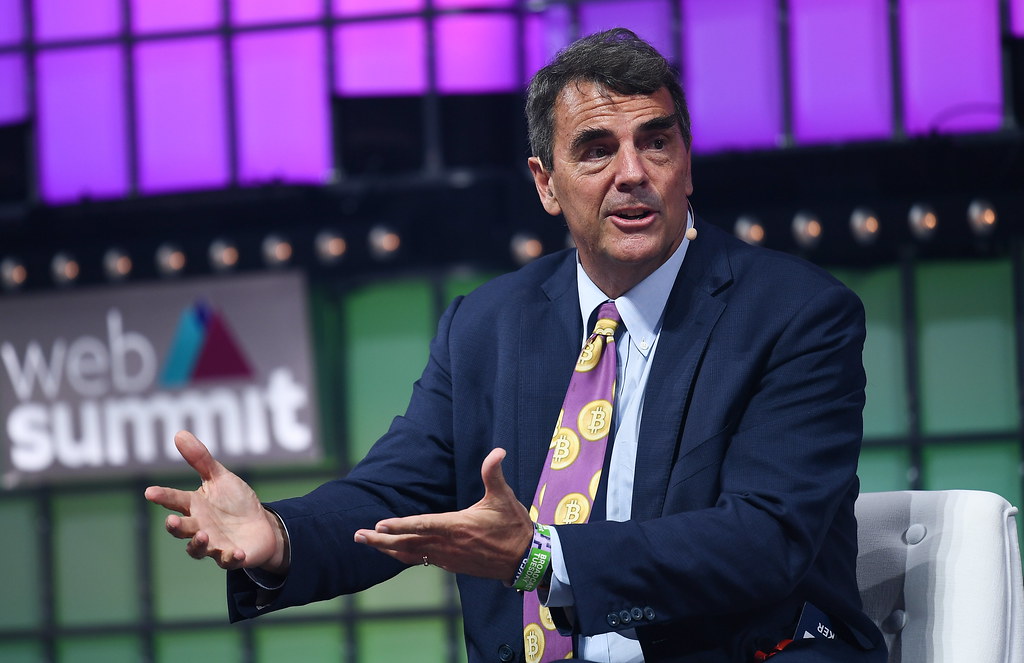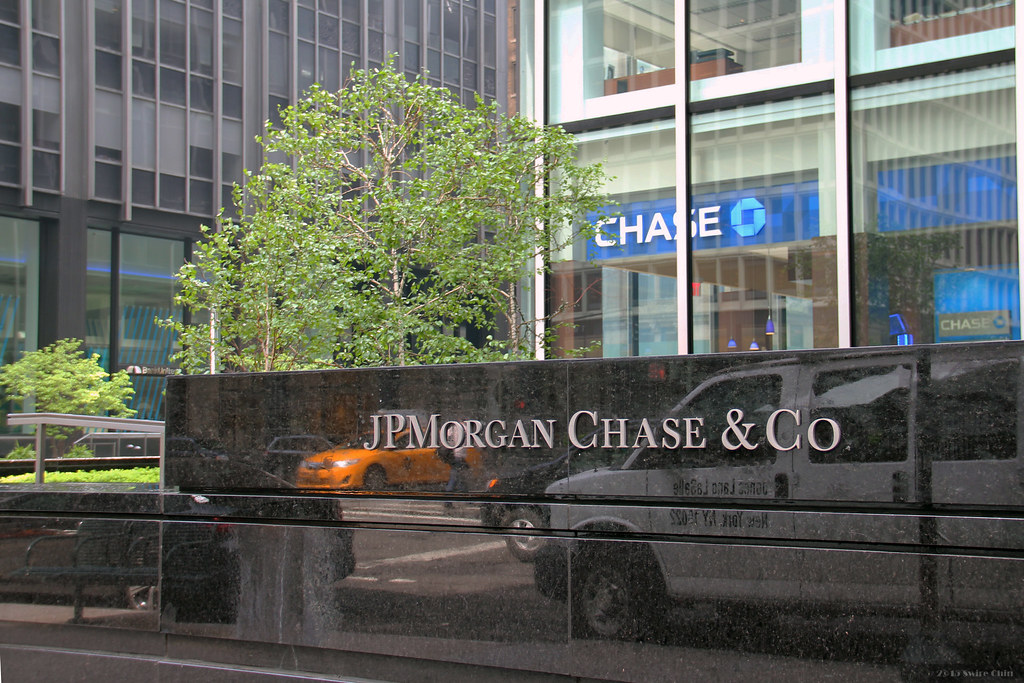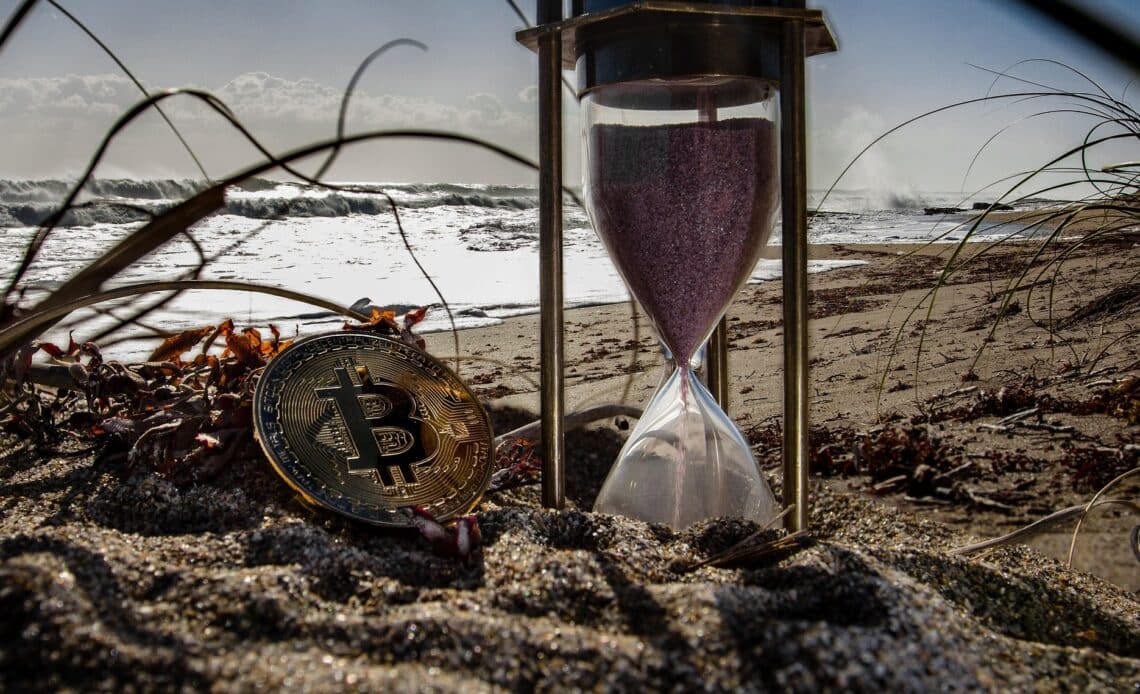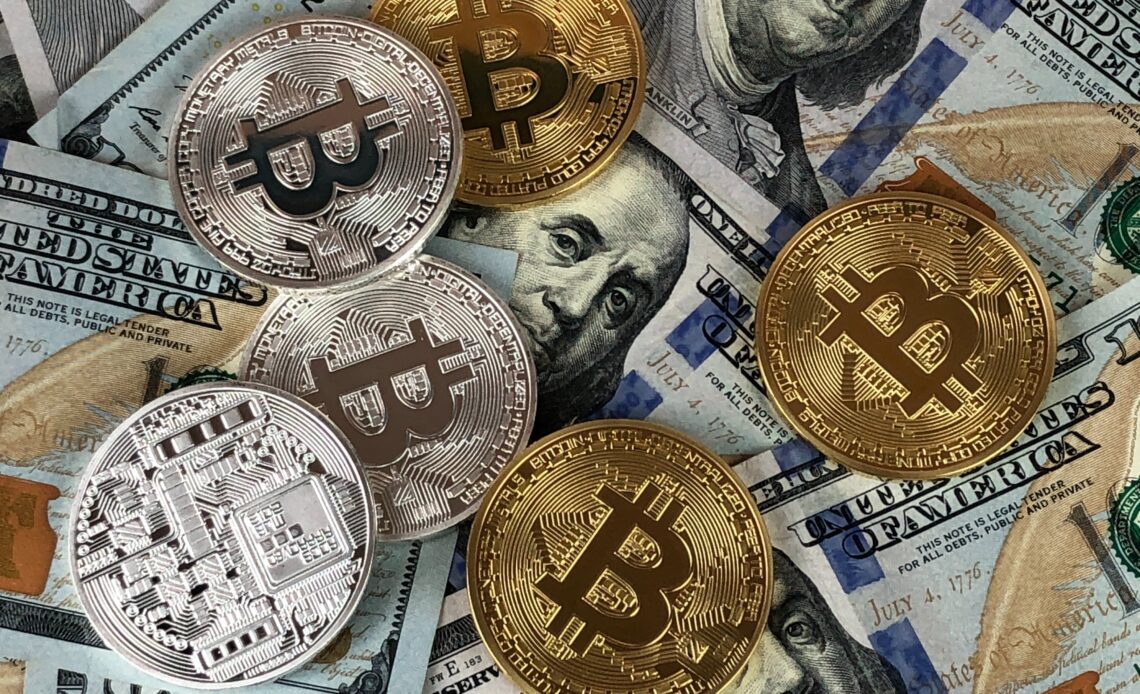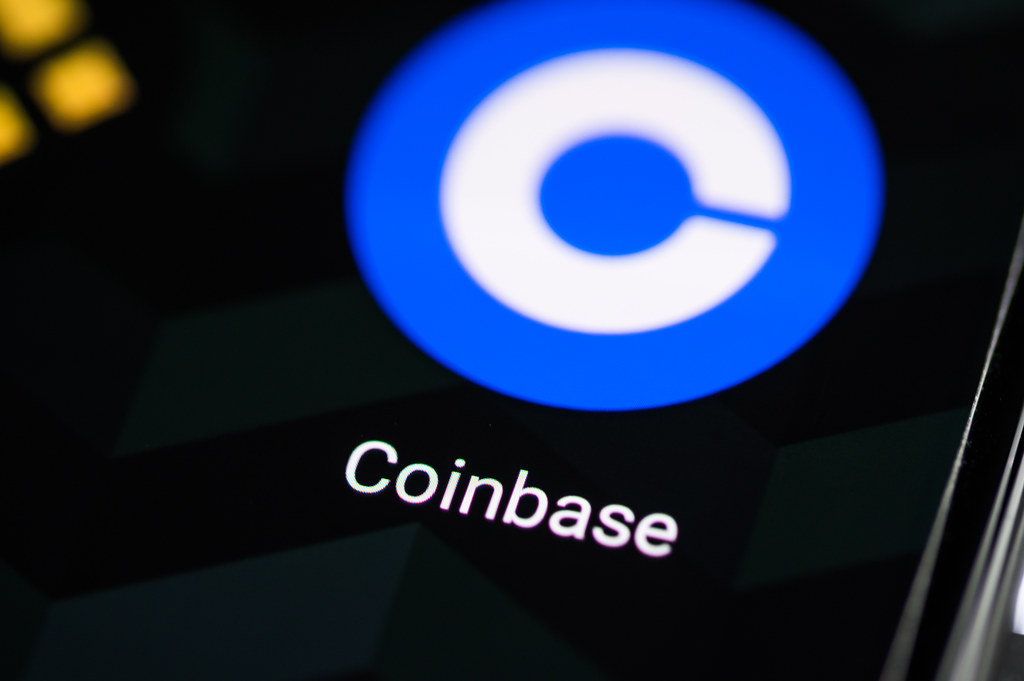Altcoin Exchange CoinExchange was the target of a DDOS attack or a denial-of-service attack (DoS attack) on Saturday, August 26. The Exchange posted a quick note on their twitter account on Saturday warning users of what was happening.
https://twitter.com/CoinExchangeio/status/901403076329824257
CoinExchange.io is an online altcoin exchange focussed on ease of use, security and customer support. The Companys mission is to become a pillar in the online crypto currency market place focused on Secutiry, Customer Support, Website Useability, Long term support for added currencies, Currency related asset markets and Constant development and innovation according to the Company.
The attack seems to have been resolved quickly with CoinExchange tweeting:
https://twitter.com/CoinExchangeio/status/901416189091381248
DDOS: Denial-Of-Service Attack
A DDoS attack or a denial-of-service attack (DoS attack) is a cyber-attack where the goal of the attacker is to make a machine or network resource unavailable to its users by temporarily disrupting services of a host connected to the Internet. This goal is usually accomplished by flooding the targeted domain with a large number of requests all at the same time in an attempt to overload the systems resources resulting in the website going offline.
Usually in a DDoS attack the requests originate from many different sources making it impossible to stop the attack by blocking a particular source. Hackers behind DDOS attacks generally attack sites or services hosted on high-profile web servers for a number of different reasons such as to make a statement or demand ransom or blackmail payments. DDoS attacks can also be used by governments in an attempt to censor citizens’ internet browsing, Attacks that surpass 100Gbps often result in multiple websites and entire network outages.
There are even online vendors that sell so-called “booter” or “stresser” services that are marketed as stress-testing tools but that can actually be used by unsophisticated attackers to perform unauthorized denial-of-service attacks.
Types of DDoS Denial-Of-Service Attacks
Generally there are two forms of DoS attacks: those that crash services and those that flood services and many of these attacks come form computers that forge their IP sender addresses (IP address spoofing) so that the location of the attacking machines cannot be identified. The most dangerous types of DDoS attacks are distributed denial-of-service (DDoS) where the attacker uses multiple IP addresses sometimes thousands making it impossible to stop the attack by blocking a single IP address.
Similar Recent Attacks in the News
On August 7 a number of technology and security companies — some of them competitors announced the exact same press release on an industry collaboration agreement in an effort to destroy the new ‘WireX, a new type of attack tool that is far more challenging to defend against.
Recent DDoS Attacks
Some recent large scale DDoS attacks include the 2015 attack on GitHub believed to have been perpetrated by the Chinese government in response to the sites projects at the time that were designed to combat censorship in China. In 2015, the BBC was the target of a DDoS attack on New Year’s Eve that resulted in its on-demand television and radio player being down for over three hours.
Due to its anti-spam and junk mail practices. Spamhaus is a common target for threats and was the target of a massive DDoS attack in 2015 considered the largest DDos Attack in history at the time topping out at 400Gbps. Hackers complicated everything with a second attack on CloudFlare (Spamhaus’ security network) and CloudFlare’s bandwidth providers resulting in massive service delays beyond far beyond just Spamhouse.
Largest DDoS Attack in History
To date the largest DDoS Denial-Of-Service Attack said to reach 500Gbps or more occured in Hong Kong in 2014 with attacks on independent news sites Apple Daily and PopVote. The attacker has never been discovered however there is widespread speculation that the attacker was someone not sympathetic with the Hong Kong democracy movement.
